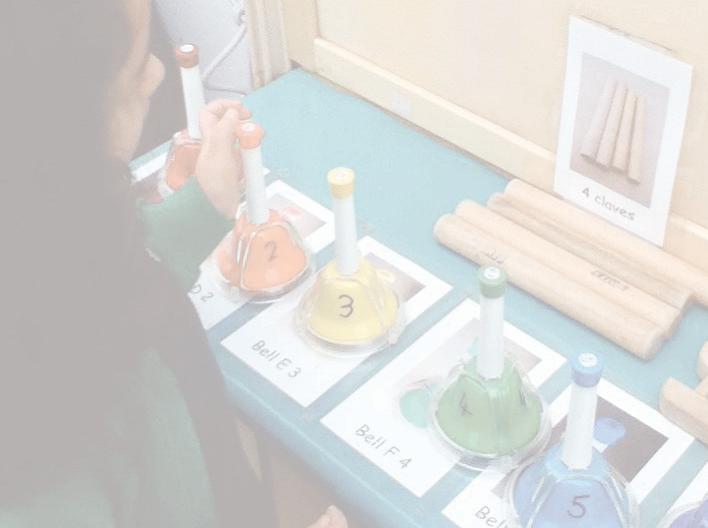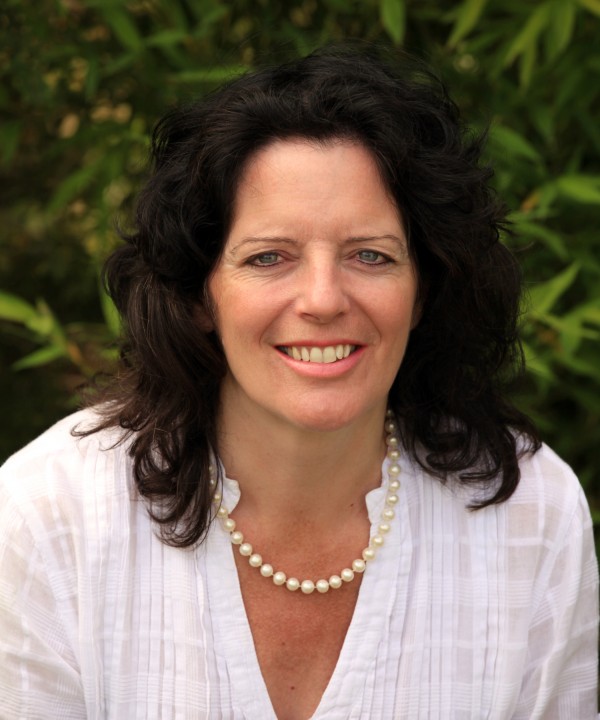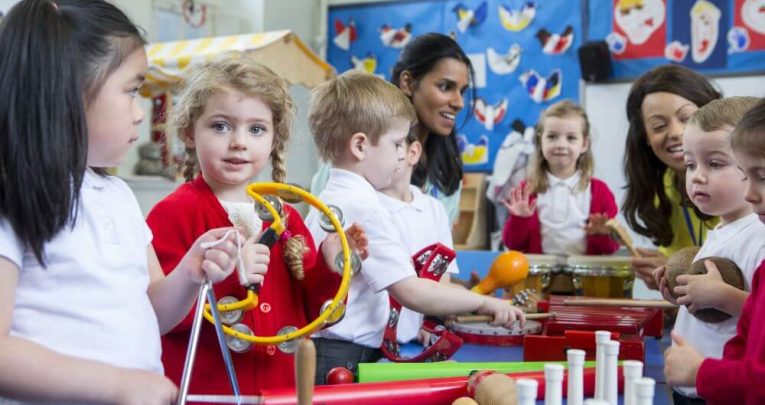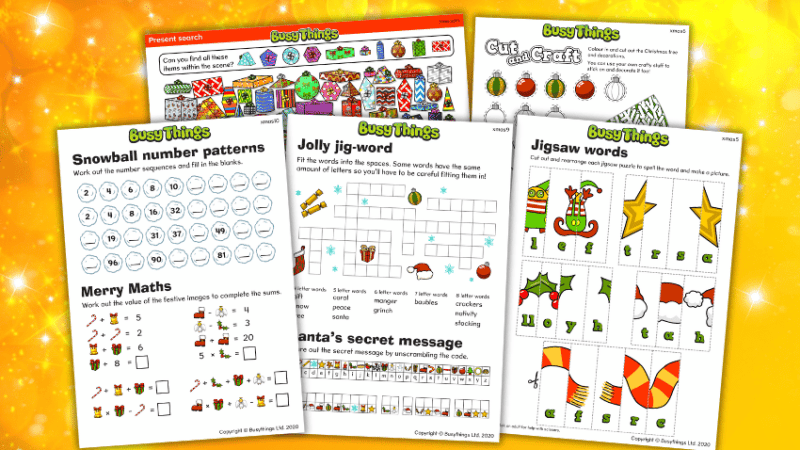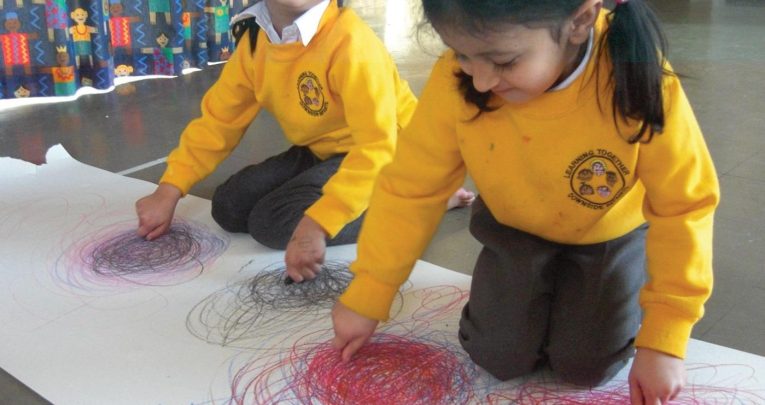Discover The Magic Of Child-Led Music Lessons
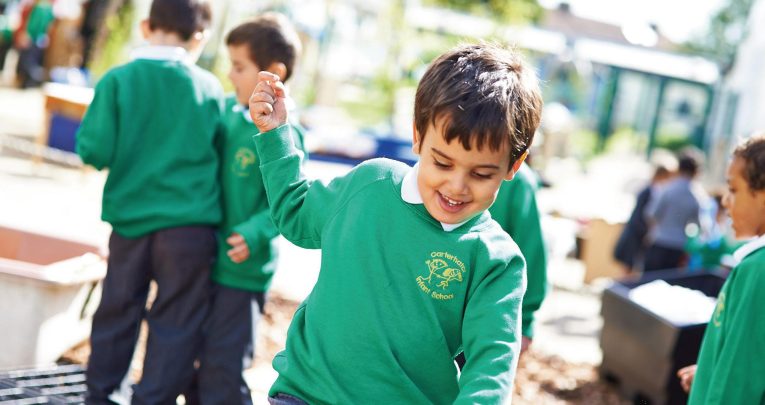
Let children take the lead in early years music-making, urges Anna Ephgrave…
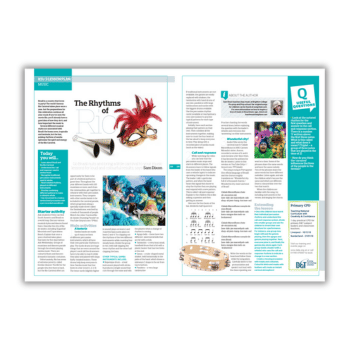
In our Reception’s outdoor area recently, two girls heard a favourite tune on the CD player, began to sing along and made up a dance routine. Several other children then joined them, and an adult nearby started moving too. The children then negotiated amongst themselves for a turn on the stage, a chance to choose the track on the CD and the opportunity to make up the moves for others to copy.
Having observed carefully, the adult realised that the group was self-regulating, that the children were making progress and that any outside input might spoil the moment, and so moved away.
How did the event described above come about? What needs to be in place to support such learning? There are a few essential prerequisites: the children need confidence, experience, an enabling environment, and creativity…
Confidence
I think of a confident child as a child with a ‘can-do’ attitude. Children are born with a desire to learn, to take risks and try new things. The adults around them determine whether this desire is nurtured or knocked. For example, if a child is about to hold a spider or a rat and an adult screams, then the child will hesitate. However, if we show confidence, the child will feel confident too. In our settings, we have to show the children that their efforts and ideas will be supported and appreciated. This will give the children a ‘can-do’ attitude. Once established, this will contribute, more than any other attribute, to their learning potential in all areas, including music and dance.
Experience
NEW SOUNDS
Children need to hear and enjoy music and dance, in order to wish to, and be able to, join in and eventually create their own. Most children will hear music and see dance on TV at home, but it may be limited to one genre. For example, many children do not hear traditional nursery rhymes at home any more. Practitioners need to become the role models for this, as for any new learning. We need to sing, dance and make music with the same confidence that we read, write and do maths!
I can play three chords on the guitar, but that is enough to bluff my way through most songs. The Internet is an amazing source of music and dance to supplement first-hand experiences.
Makaton signing makes songs accessible to all and encourages participation from even the youngest children. A ‘song of the week’, with copies for parents, can encourage new genres into some households.
At Carterhatch, we send cameras home with a few children from each class each week. It is amazing how often the photos lead to the development of some music or dance. Karaoke and ballet were enjoyed in school as a result of children engaging in them outside of class. On another occasion, one of the boys mentioned that his mum had gone to Zumba and so a Zumba class was found online and the children who were interested joined in with the moves.
DON’T PLAN, WATCH
In our setting we don’t ‘plan’ ahead, but the adults are constantly observing and exploiting teachable moments. Elements of music or dance can be introduced with ease – be that listening games when children are in the tent, making instruments at the woodwork bench, playing atmospheric tunes to aid discussions about emotions, modelling how to play a xylophone, or making up new words to a familiar nursery rhyme to have some fun.
An enabling environment
The environment comprises the resources, the adults and how these are organised. Obviously a huge part of this is the ‘emotional environment’, which ensures that children feel secure and supported so that they can develop the ‘can-do’ attitude as described above. However, the physical environment is crucial too. We cannot predict when a child will become interested in any aspect of learning and therefore it is vital to have outstanding provision available continuously. If we just put the instruments, the ribbons or the CD player out on certain days, then there will be a mad rush to use them. If they are always there, the children will access them when they are interested. The CD player in use in picture 1 is rechargeable and can therefore be moved around the setting as needed. The stage in that picture was made by screwing decking down onto two pallets – cheap and effective! The instruments are stored on the unit beside the stage (see picture 3) and this is covered with a tarpaulin at night. Although instruments are very expensive, if they are stored carefully, they will be treated with care. Saucepans, spoons, lids, etc. tied to the fence are great for percussion and cost very little. Note how the bells have been carefully displayed and that simple tunes have been added to encourage the children to recreate familiar songs (in this case ‘Baa Baa Black Sheep’).
There are also ribbons, cloaks and strips of fabric available on a nearby trolley to support dance exploits. The children often make costumes and instruments to supplement what is available. We have opted to have the musical instruments, the stage and the dance props outdoors. There is a larger space available, the noise is not an issue and children are often more willing to try new things outside, where they are not under such close scrutiny.
Creativity
Once the children have a ‘can-do’ attitude, experience of a range of music and dance and an enabling environment in which to ‘play’, new ideas will emerge. This creativity can only happen if the children are given the space, time, resources and support that they need. We need to believe that children want to learn; we need to trust them to initiate their own learning and then be there to support them at ‘teachable moments’.
Looking back at picture 1, the children have a ‘can-do’ attitude – they heard a tune that they liked and decided to make up a dance. They knew that they were allowed to go outside, they could choose what to do and that no one would laugh at them or tell them off. The tune was one that they had heard at school several times, but they had not seen anyone dance to the tune. They had seen adults and children dancing to various types of music and knew which movements they enjoyed. They had the space, time and resources that they needed to explore their ideas. The dance was a new creation – combining elements from videos, class songs and ballet. What the photo does not show is that another group of children joined the group, accompanying the dance with percussion instruments, keeping the rhythm and creating patterns – more children with the best possible attitude to learning: let’s get involved and have some fun!
Create the right atmosphere and provide experiences, time, space and resources. Take the pressure off our youngest children; let them see you enjoying music and dance and then watch what happens…
IN PICTURES…
1. Spontaneous dance…
Children will inititate their own musical play.
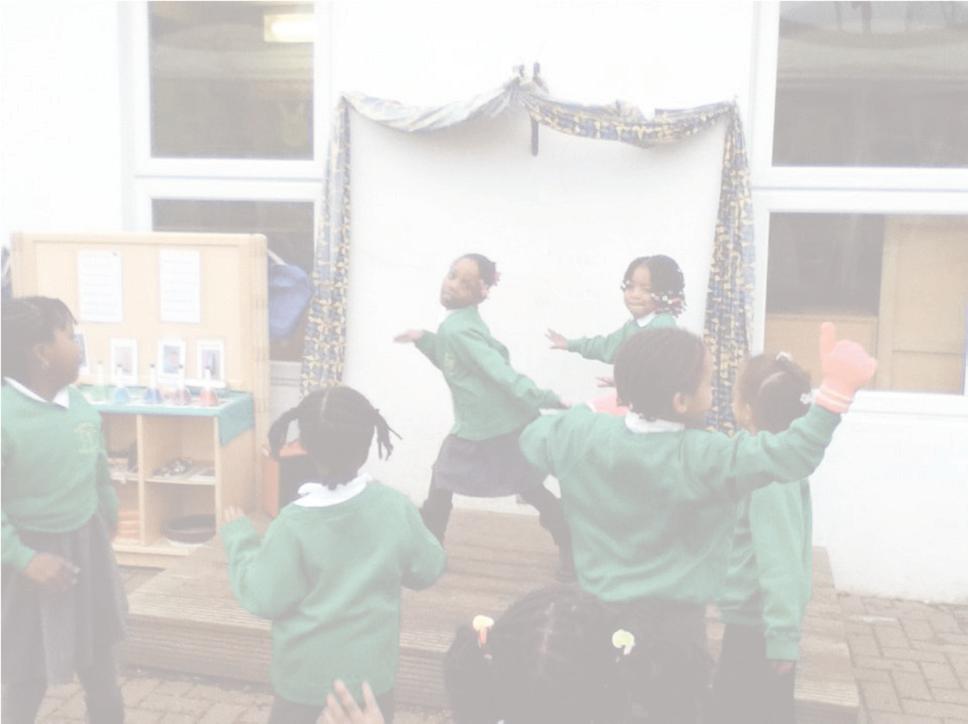
2. Song of the week…
Not all parents use nursery rhymes at home.
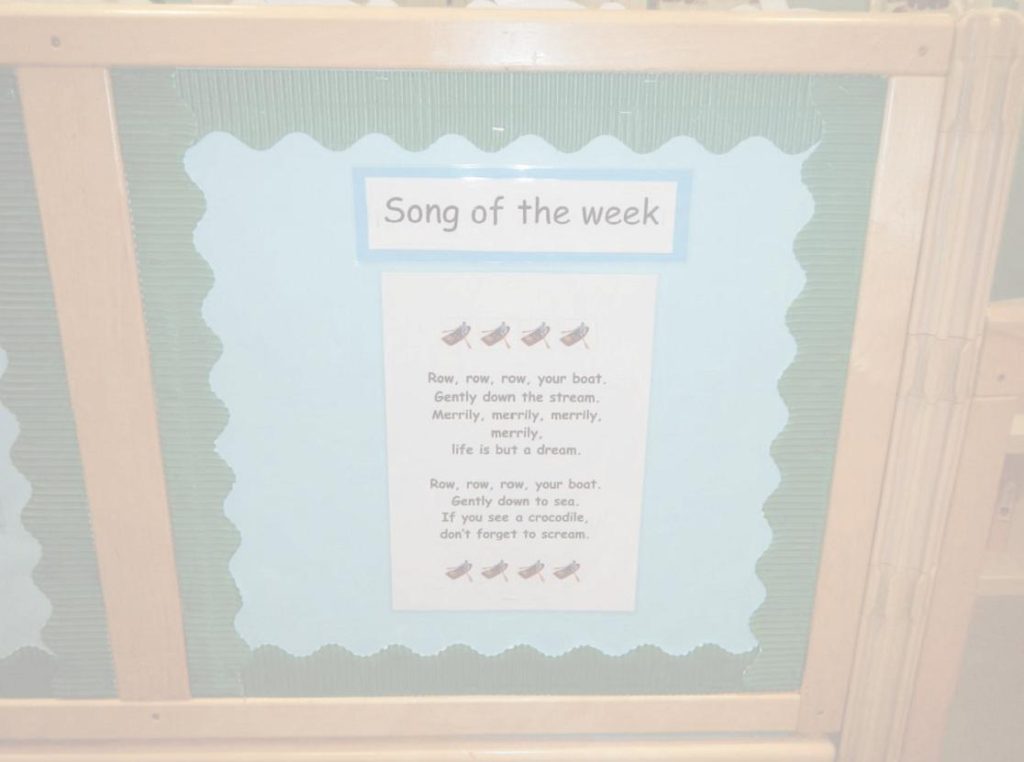
3. Accessible resources…
Think carefully about how you can encourage learning.
